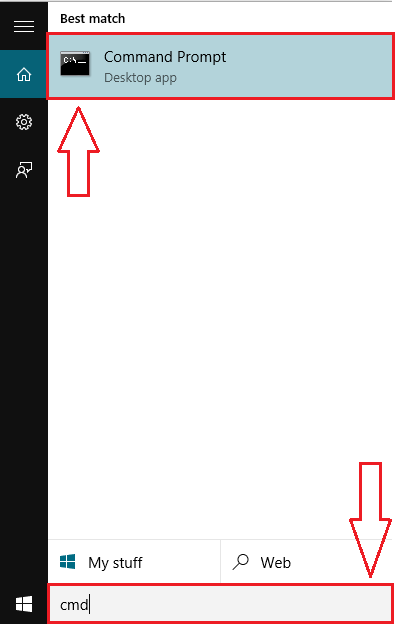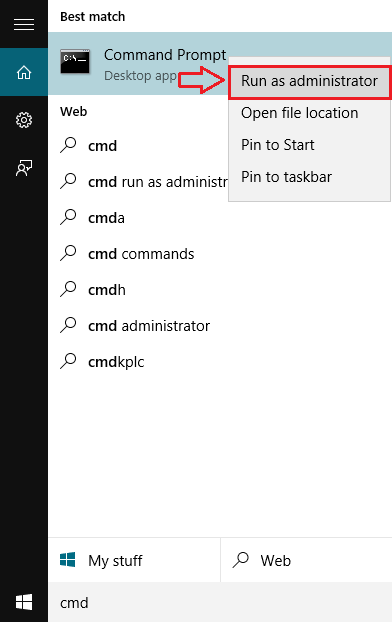Instructions to enable / disable Windows Firewall with Command Prompt
A firewall is like a barrier between a local network (local network) and another network (such as the Internet), controlling incoming and outgoing data traffic.
In the previous article, the Network Administrator showed you how to enable / disable the Firewall through Control Panel. In the article below, Network Administrator will show you how to enable / disable Windows Firewall with Command Prompt.
Part 1: Enable / disable Windows Firewall
To enable / disable Windows Firewall with Command Prompt, follow the steps below:
Step 1:
First open the Command Prompt. To do this, enter cmd in the Search box on the Start Menu.

Step 2:
On the search results list, right-click Command Prompt and click Run as administrator to open the Command Prompt under Admin.

Step 3:
To turn off Windows Firewall, enter the following command into the Command Prompt window:
netsh advfirewall set allprofiles state off
Step 4:
If there are no errors, the Command Prompt window will display a message with an OK message.
Step 5:
If you want to activate (reopen) Windows Firewall, follow the same steps and enter the following command into the Command Prompt window:
netsh advfirewall set allprofiles state on
Step 6:
If there are no errors, the Command Prompt window will display a message with an OK message.
2. Some other commands
Alternatively, you can use some other commands to manipulate Windows Firewall:
1. Enable / disable Firewall for the current account
If you want to enable or disable Windows Firewall for the current user account, use the following commands:
- To disable Windows Firewall:
netsh advfirewall set currentprofile state off
- To activate Windows Firewall:
netsh advfirewall set currentprofile state on
2. Firewall on Domain Network
- To disable Firewall:
netsh advfirewall set domainprofile state off
- To activate the Firewall:
netsh advfirewall set domainprofile state on
3. Firewall on Public Network
- Disable Windows Firewall:
netsh advfirewall set publicprofile state off
- Enable Windows Firewall "
netsh advfirewall set publicprofile state on
4. Firewall on Private Network
- Disable Windows Firewall:
netsh advfirewall set privateprofile state off
- Activate Windows Firewall:
netsh advfirewall set privateprofile state on
Refer to some of the following articles:
- How to block or unblock programs on Windows Firewall?
- Instructions allow applications to communicate with each other via Windows Firewall
- How to disable / enable Windows Firewall in Windows 7, 8
Good luck!
You should read it
- What is a firewall? General knowledge about Firewall
- 3 ways to turn off the Windows 11 firewall, steps to turn off the firewall on windows 11
- 3 ways to turn off the Windows 10 firewall, steps to turn off the firewall on Windows 10
- How to turn firewall (Firewall) on Win 7
- How to turn on the router's built-in firewall
- How to turn on / off Windows Firewall in Windows 7, 8 / 8.1 and Windows 10
- How to turn firewall on and off in Windows 10
- How to use a firewall in Windows 10
- Instructions to enable and disable Firewall firewall in Windows
- 5 reasons why you should use a firewall
- Use Windows Firewall Log to track activities on the Internet
- How to turn off firewall on Windows 7,8,10
